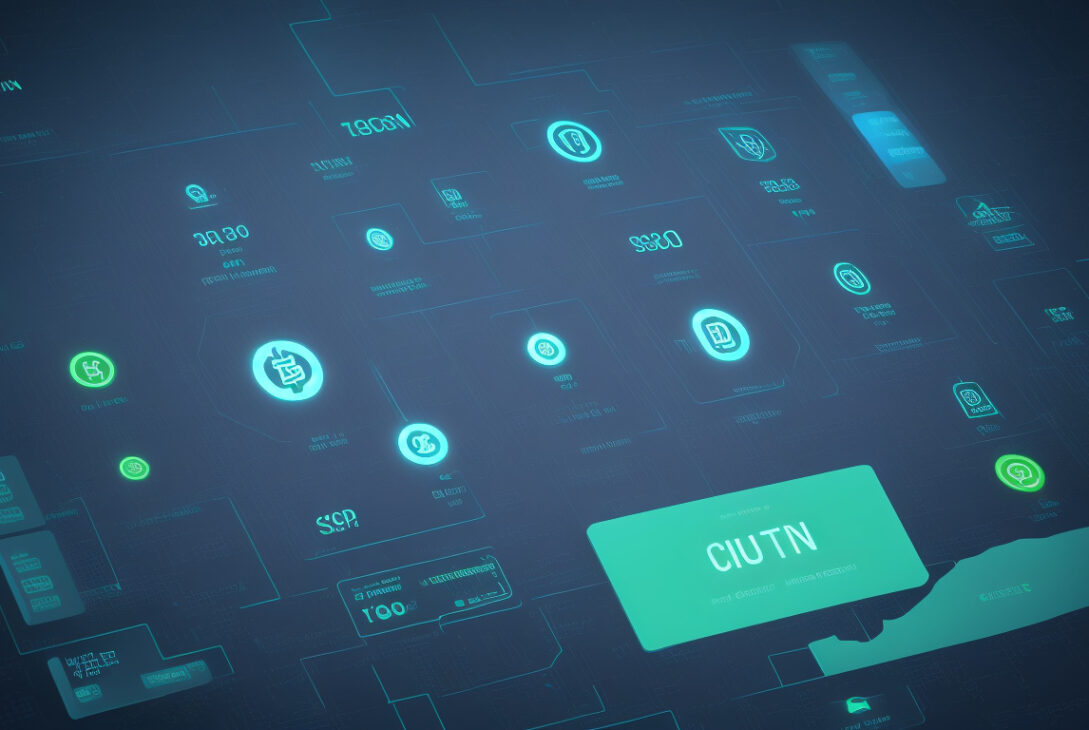If you use Ethereum or another blockchain network, you face crypto gas fees. You make a transaction; the network receives a fee. Crypto gas fees secure each operation. They help miners and validators work. At times, fees surge and cost a lot. Thus, you gain by learning gas fees and how to reduce them. Stay informed and master blockchain actions.
In this article, we break down crypto gas fees. We show why fees rise and fall. We give tips to cut costs while keeping speed.
────────────────────────────
What Are Crypto Gas Fees?
Crypto gas fees are paid to miners or validators. You send crypto; the network demands gas. Gas means the computation needed. A transaction needs work; work is measured in gas units. You perform an action; you spend gas. Multiply gas units by gas price (in Gwei) to pay the fee.
────────────────────────────
Why Do Crypto Gas Fees Exist?
Gas fees serve clear goals:
• They drive miners and validators to work.
• They block spam; fees stop endless trivial transactions.
• They mark resource use; hard work costs more gas.
────────────────────────────
Factors Influencing Crypto Gas Fees
Many factors shape gas fees. You monitor these to reduce cost:
• Network demand rises. More waiting transactions push fees higher.
• Simple transfers use less gas. Complex operations use more.
• Blocks have a gas limit. Limited space forces user competition.
• Gas price changes fast. Supply and demand push and pull costs.
────────────────────────────
How to Minimize Crypto Gas Fees: 7 Practical Tips
Gas fees are hard to predict. Still, you can lower them:
- Use Layer 2 solutions. For instance, Polygon, Arbitrum, or Optimism take work off Ethereum. They cut fees but keep strong security.
- Choose the right time. Weekends or late nights (U.S. time) see lower gas prices. Check trends and schedule transactions.
- Set a custom gas price. Many wallets let you limit price manually. A lower price delays work but saves money.
- Consolidate transactions. Batch actions together. One group uses less gas than many singles.
- Use gas fee prediction tools. Sites like Gas Station Network help you pick a smart gas price.
- Avoid network congestion. Delay non-urgent work during NFT drops or DeFi surges.
- Switch blockchains. Consider Binance Smart Chain, Solana, or Avalanche. They offer lower fees with different trade-offs.
────────────────────────────
The Role of EIP-1559 in Crypto Gas Fees
Ethereum Improvement Proposal 1559 reshaped fees in 2021. EIP-1559 sets a base fee and burns it, not rewarding miners. Users add a tip to boost their work. This change steadies fee swings and improves fairness. Still, you must mind network demand and tip size.
────────────────────────────
Tools and Resources to Track and Manage Gas Fees
Tools help you track fees:
• Ethereum Gas Station (ethgasstation.info) shows current gas rates.
• Blocknative Gas Estimator (blocknative.com/gas-estimator) tracks fees live.
• MetaMask Wallet offers custom gas settings and fee tips.
• DeFi Wallets & Exchanges like Trust Wallet and Uniswap add gas fee data to your screen.
────────────────────────────
Frequently Asked Questions (FAQs) About Crypto Gas Fees
Q1: What do crypto gas fees do?
A1: Gas fees pay miners or validators for the work needed to process your blockchain transaction.
Q2: Can I skip gas fees?
A2: Nearly all network actions need gas. You can only lower them by using Layer 2 or cheaper blockchains.
Q3: How can I choose the proper gas price?
A3: Use sites like Ethereum Gas Station. They balance speed and cost based on network demand.
────────────────────────────
Conclusion: Take Control of Your Crypto Gas Fees
Know your crypto gas fees to handle blockchain costs well. Understand fees; use tips like timing actions, Layer 2 solutions, and fee tools. This mind-set cuts costs and boosts efficiency.

Do not let high, shifting fees hold you back. Check gas tools, plan off-peak transactions, and tweak wallet settings. Your wallet wins with every smart move.
Ready to lower your transaction costs? Watch gas fees live and work during quieter hours. Optimize payments today.
────────────────────────────
For additional insights on Ethereum gas mechanics, read the Ethereum Foundation blog. It explains the London hard fork and EIP-1559 in detail at:
https://blog.ethereum.org/2021/08/05/understanding-the-london-hard-fork-eip-1559/










